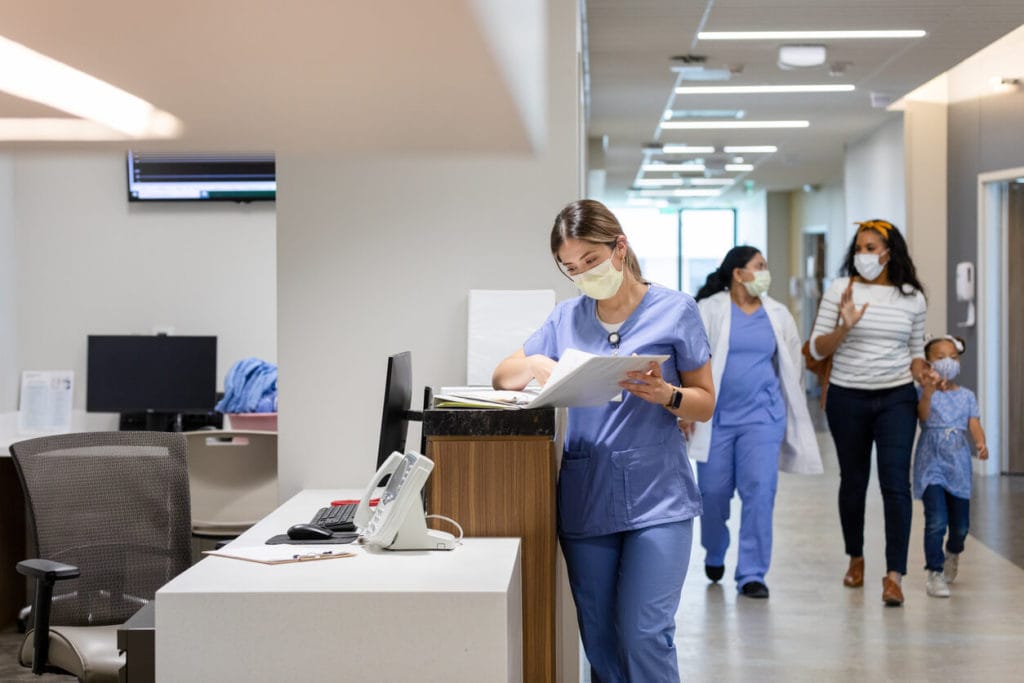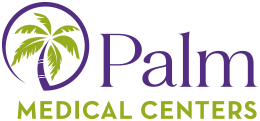
In the past, cancer was such a taboo subject that often it was discreetly referred to as the “C” word – a dreaded disease that was synonymous with death and, therefore, something that few people would acknowledge, much less talk about.
Today, however, with early detection and advanced treatment options, cancer awareness, support, and survivorship are top-of-mind. Cancer survivorship refers to the monitoring and management of changes that people with cancer experience – from diagnosis to treatment to eventual outcomes. The goal of cancer survivorship programs is to help people navigate the disease and help them live as long and rewardingly as possible.
The 3 Phases of Survivorship
Cancer patients live with a range of issues at different times during their battle with the disease. According to experts, there are three phases of cancer survivorship:
- Acute survivorship begins with the diagnosis and ends when treatment is over.
- Extended survivorship refers to the first several months following treatment.
- Permanent survivors are those patients who are cancer-free for several years.
Additionally, survivorship phases are often tied to cancer stages requiring different support for each stage. For example, there are those patients being treated for early-stage cancer who are likely to have a positive outcome, while there are those with cancer that has metastasized (spread) or patients with advanced cancer.
Support for survivorship is often a team effort provided by a range of healthcare professionals that include:
- Primary care physicians, who provide diagnostic services for cancer
- Oncologists, doctors who manage cancer treatment
- Psychologists, who offer counseling and other therapies for cancer patients suffering from depression or anxiety
- Oncology social workers, who help cancer patients adjust to lifestyle changes
- Oncology-certified dietitians, who help cancer patients maintain a healthy diet who are having trouble eating after treatment
What a Survivorship Program Entails
Generally speaking, cancer survivorship is focused on a care plan that typically includes information about the type or kind of cancer being addressed, treatments, and recommendations for checkups and follow-up tests. Typically, survivorship care plans include:
- A checkup schedule
- Tests to expect
- Information on potential late effects
- Healthy living suggestions, such as avoiding tobacco products, alcohol, and excessive sun exposure, as well as maintaining a healthy diet and getting enough exercise
- Resource recommendations, such as information about national and regional support groups
In any case, there are an estimated 18 million Americans who either have or have had cancer, and that number is expected to increase by 24% over the next 10 years, which is why early detection is critical to survival rates.
Women with breast cancer represent the largest group of cancer survivorship and men who have prostate cancer represent the second largest group. These people also have the highest survival rates with more than 98% of men and 84% of women alive 10 years after diagnosis. In comparison, more than 50% of people with colorectal cancer and gynecological cancers and more than 70% of people with melanoma survive at least 10 years after diagnosis.
Medical Center Near You Throughout South and Central Florida
Many forms of cancer can be detected early, before they have had a chance to grow and spread, and thereby can be treated more successfully. At Palm Medical Centers, we offer a variety of diagnostic testing. Two of the most common involve testing a sample of your blood or urine (urinalysis) in a lab. The type of test performed will depend on what health concern our doctor is looking for, including cancer.
If you or a loved one have any kind of medical concern, don’t hesitate to talk to your primary care provider at Palm Medical Centers. If diagnostic testing is required, our doctors can order it – and, in most cases, can conduct the test themselves in our clinics.
If you are an established patient of Palm Medical Centers, you can simply call your provider’s clinic or use our convenient patient portal to obtain an appointment.
To become a patient, call us at (833) 500-(7256) now. We have multiple clinics throughout South Florida and Central Florida, so there’s bound to be a location near you.

 4.8 Google Rating out of 7K Reviews
4.8 Google Rating out of 7K Reviews






